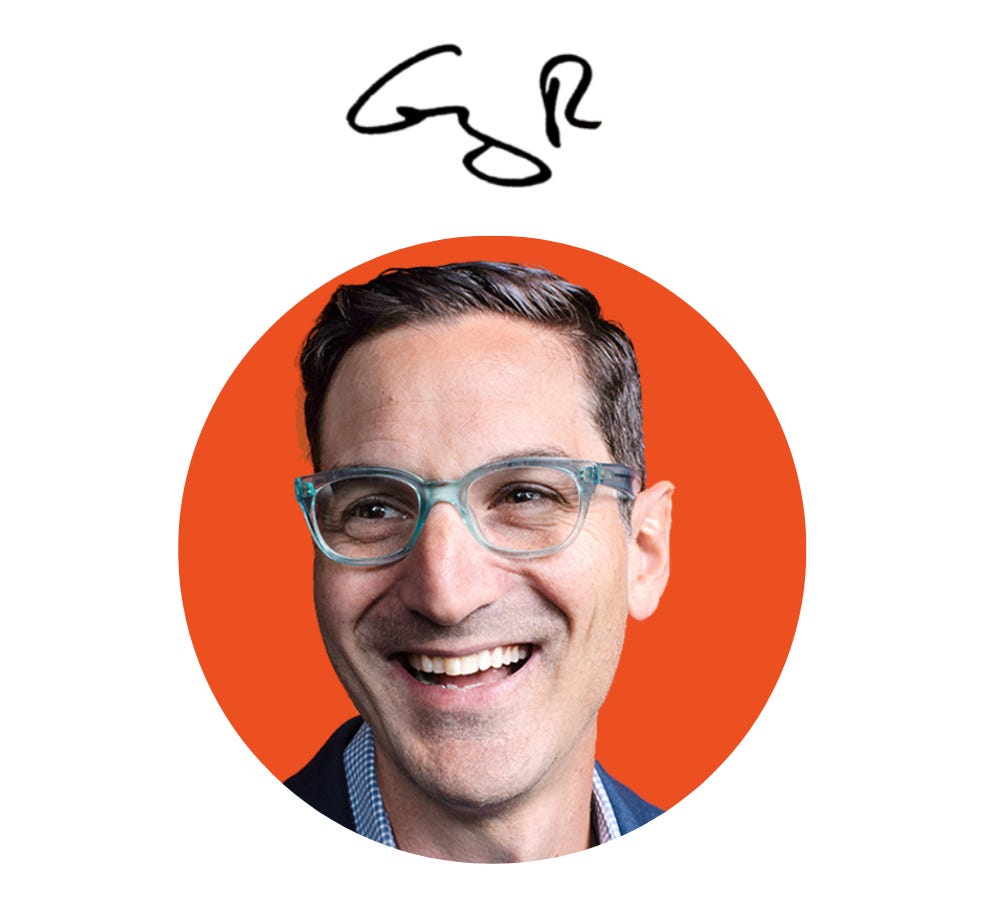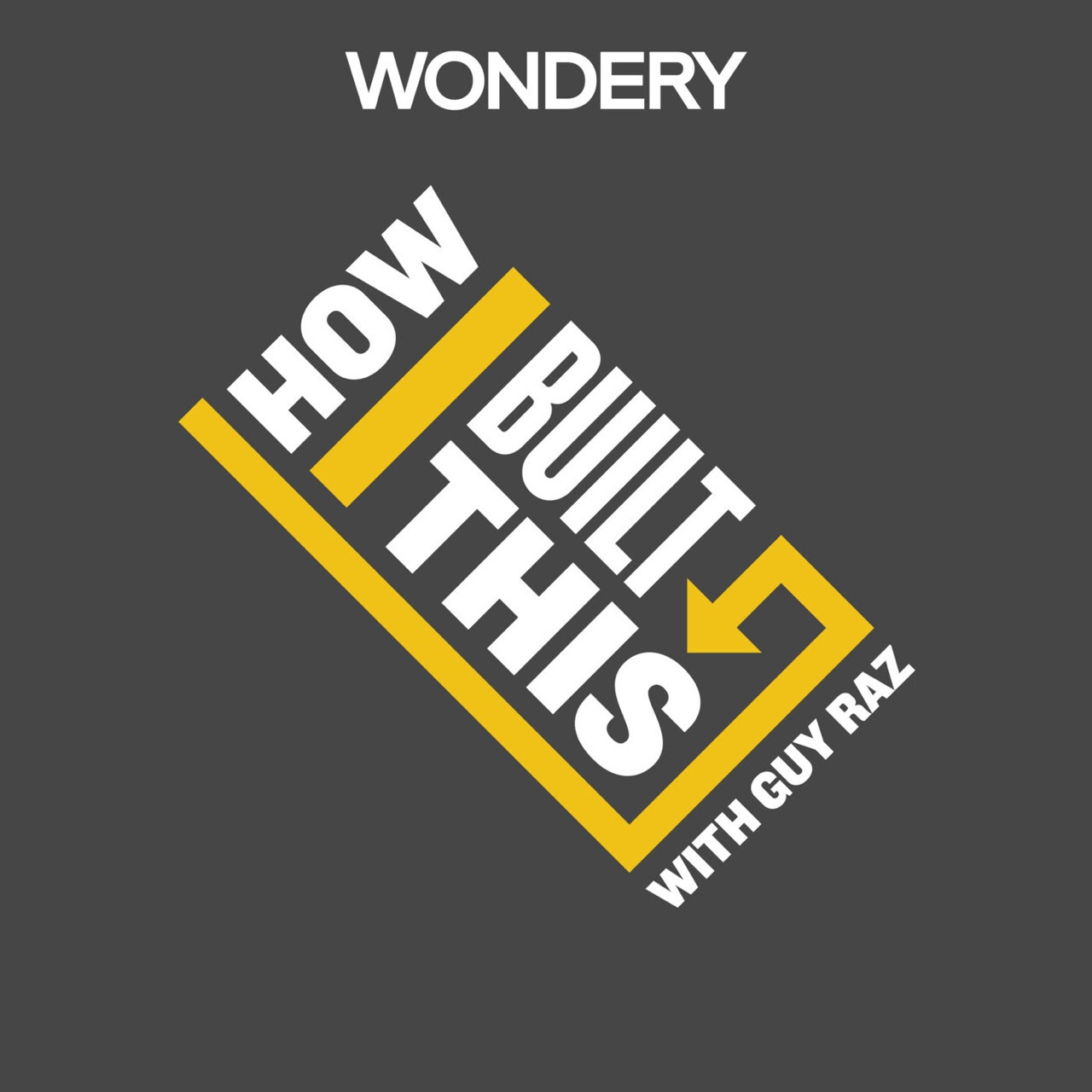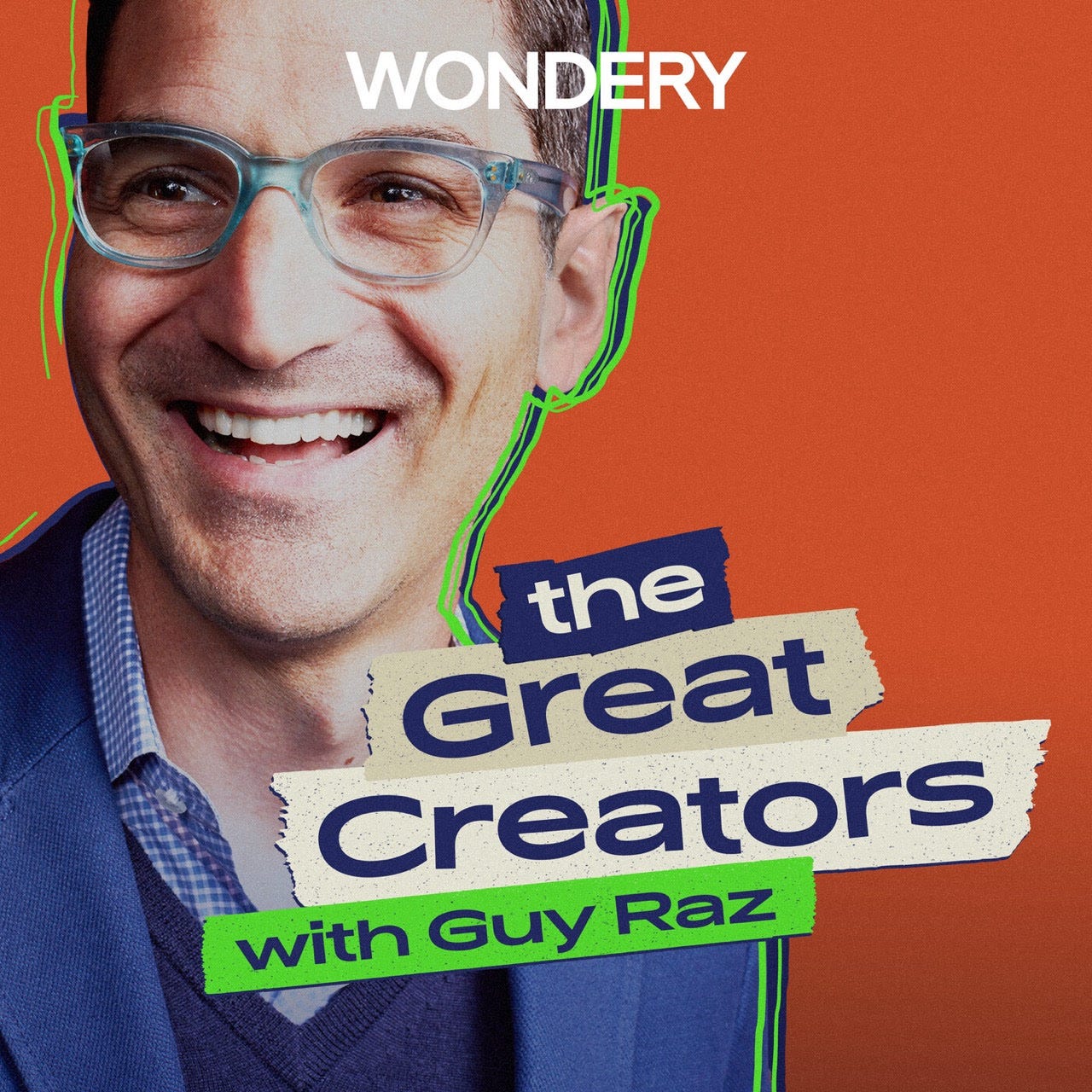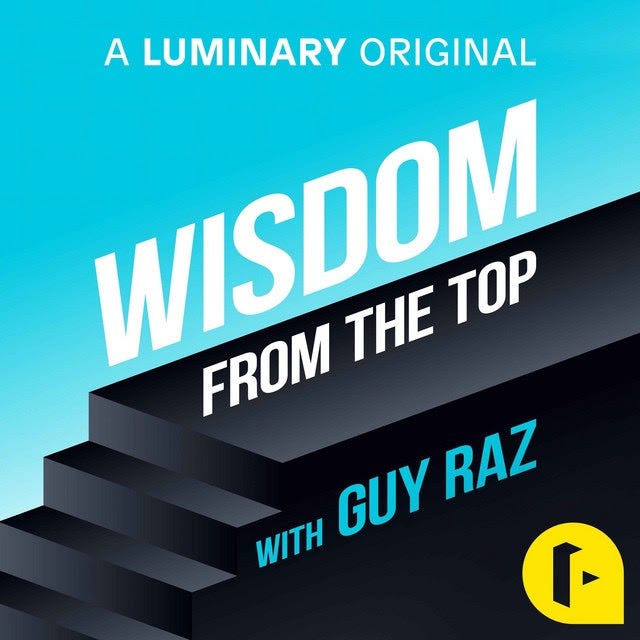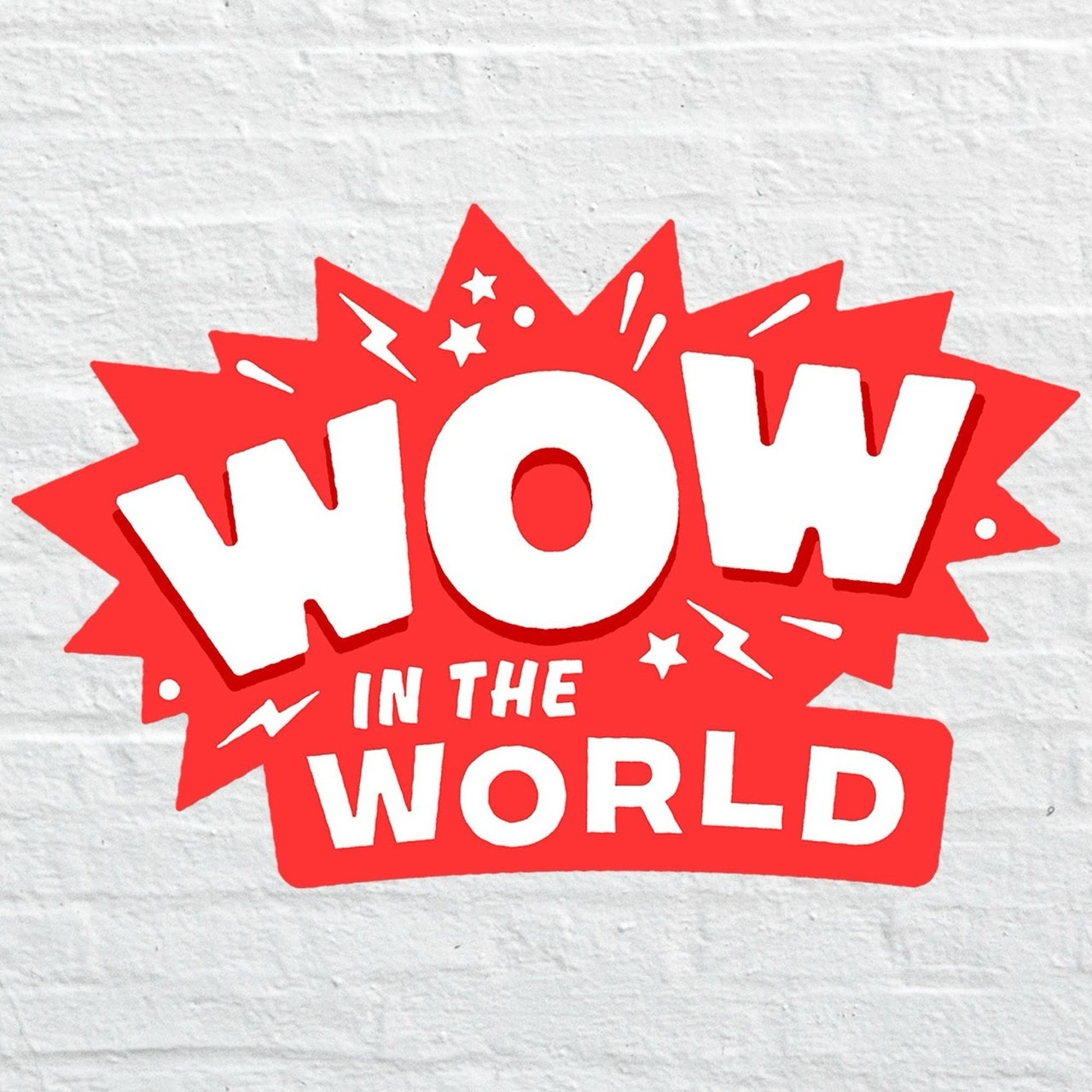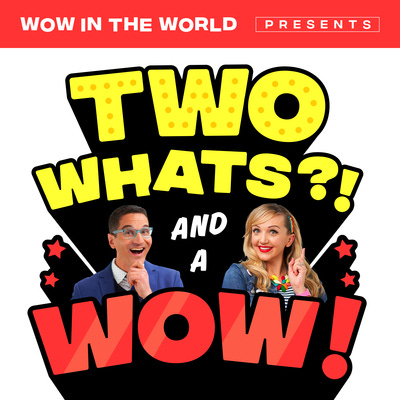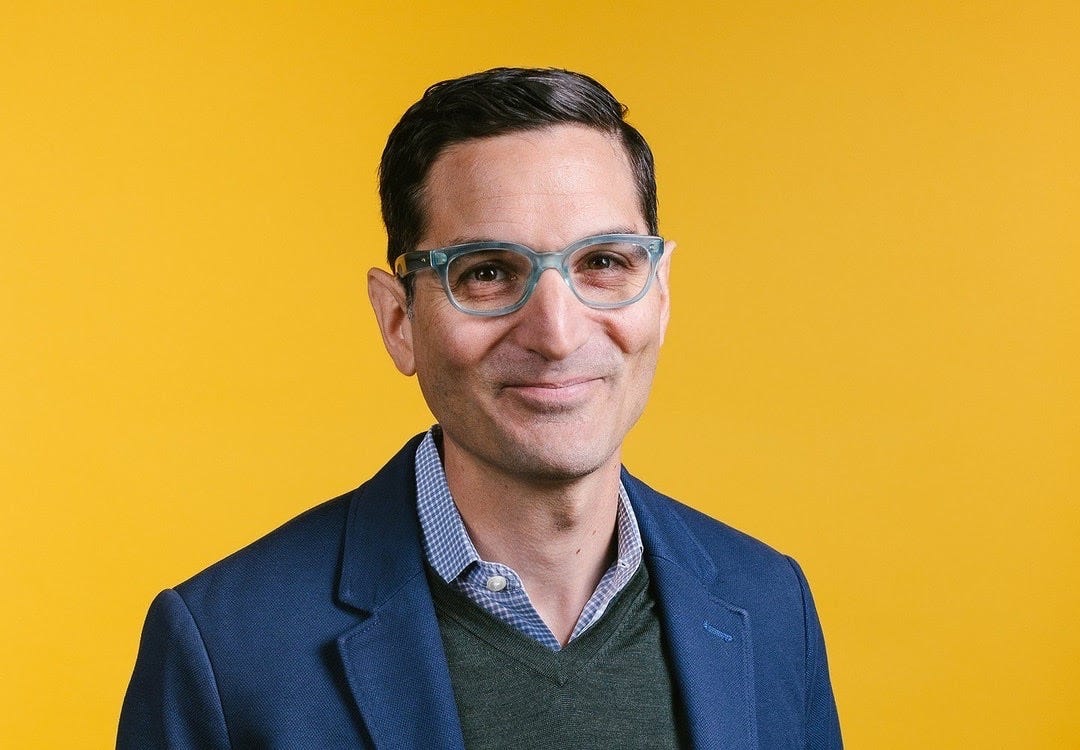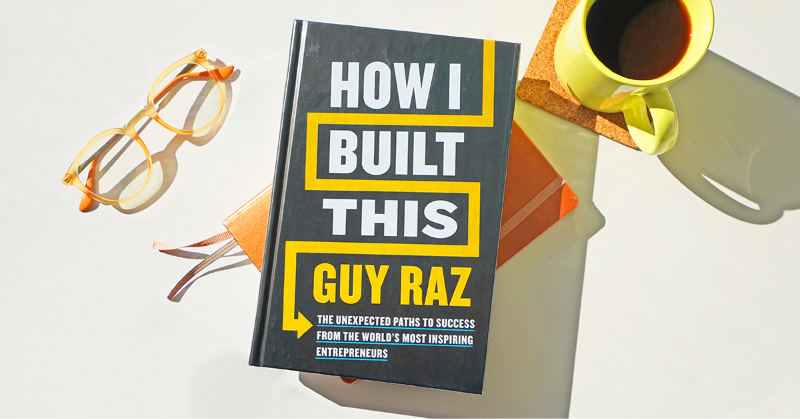We talk a lot about the rewards of entrepreneurship: the freedom, the purpose, the satisfaction of building something from scratch.
But this week’s episode with Vicky Tsai, founder of Tatcha, reminded me of something else just as important: the cost it takes to get there.
Vicky’s journey wasn’t a straight shot to success.
For years, she ran Tatcha out of her parents’ garage. She poured everything she had into the business – her time, her energy, her savings.
At one point, she and her husband didn’t even have enough money for groceries. She even sold her engagement ring just to fund the first production run.
She didn’t take a salary for the first 8 years!
And still… she kept going.
What makes Vicky’s story so powerful isn’t just the challenges she overcame. It’s also the why behind it all.
After spending years in corporate America, she knew she didn’t want to spend her life doing that. She wanted to build something with meaning. Something lasting.
And she was willing to bet on herself to do it.
It’s a risk, yes. There’s sacrifice, yes.
But there’s also a deeper purpose to what she did and its what ultimately fueled her drive.
It’s the same story for virtually everyone I feature on the show.
Yes, there are tough moments. But there’s also an incredible sense of growth, learning, and joy.
And when it works? When the risk starts to pay off? There’s nothing quite like it.
So this week, I want to ask you:
What has building your idea taught you about yourself?
What have you given up? And what have you gained in return?
Because the cost is real.
But so is the reward.
I hope you have an amazing week!
—Guy
The Power of “No.”
I gave this talk at a startup conference in Tucson called TenWest.
I talked about the most common word that every entrepreneur hears at some point in their journey: NO.
And one of my favorite examples of someone who turned “no” into a multi-million dollar business.
Watch below:
The Way Up – Episode 4!
In this week’s episode of The Way Up, I sat down with Tim and Kelsey Vala—the father-daughter team behind Vala’s Pumpkin Patch in Nebraska.
What began as a side hustle selling U-pick pumpkins from a pickup truck has grown into a 450-acre fall wonderland, complete with 50+ attractions, 25 restaurants, and 1,400 seasonal employees.
It’s a story about family, community, and building something people come back to year after year.
Listen and watch below:
On the Podcasts This Week!
How Vicky Tsai Turned Tatcha into a $500M Brand
When Vicky Tsai returned from a trip to Kyoto in 2008, she knew she had stumbled upon something amazing.
At the time, Vicky was broke, burned out, and recovering from a serious skin condition. But a chance encounter with a geisha introduced her to centuries-old Japanese beauty rituals.
And it sparked an idea that almost everyone told her would fail.
Still, she couldn’t let it go.
She made huge sacrifices to bring her product to life. And she spent the better part of a decade building it from her parent’s garage (without a salary or roadmap). Just the belief that it could work.
Revisit how Vicky teetered on the edge of failure, trusted her gut, and eventually built a $500M brand.
HIBT Advice Line: Brand vs. Big Box
This week on the Advice Line, we revisit our episode with Mark Ramadan, co-founder of Sir Kensington’s. It’s the condiment brand that took on giants by building something people could believe in.
First up, Pat: How do you get retail buyers to care about your product?
Pat invented Dripsie, a clever faucet attachment that keeps your bathroom sink clean—and he’s already sold thousands. But to win over big retailers, Mark advised starting smaller: niche catalogs, specialty stores, and strong demo videos. Guy added: rejection is part of the path. Persistence pays off.
Next, Lucas: How do you stay alive when a competitor moves in down the street?
Lucas runs Taco Shop, a quick-service restaurant with great food and deep local roots. But he’s got a problem… a competitor is moving into the neighborhood. We suggest doubling down on community – hyper-local marketing, loyalty programs, and the kind of personal connection big chains can’t fake.
Last, Beth: How do you break out of the “messy middle”?
Beth’s product, Busy Baby, keeps babies’ snacks off the floor – and it’s a hit! But growth has stalled. Mark shared how Sir Kensington’s powered through this awkward in-between stage: by facing tough questions, focusing on what really matters, and building systems for scale.
Mark’s final advice? The best brands take time. If you stay focused on your values, your customer, and your story… you’ll be the one they remember.
If you would like to be featured on an upcoming episode, call and leave a 1-minute message at 1-800-433-1298 or send a voice memo to hibt@id.wondery.com
Josh Brolin on Creative Reinvention
Josh Brolin has played everything from cowboys to Marvel villains and sci-fi warriors. But his own life might be the most cinematic story of all.
He broke out as a teen in The Goonies, then spent the next two decades navigating the long, uneven road of a working actor. In the downtime, he studied the craft. Failed. Got humbled on stage. Taught himself to trade stocks just to pay the bills.
And then – at 39 – landed a breakout role in No Country for Old Men that changed everything.
But even now, with major success behind him, Josh is less interested in success than he is in self-discovery. He says he’s entered his “F It” decade: letting go of perfection, embracing risk, and creating from a place of curiosity.
Watch it on YouTube:
David Epstein: In Praise of Range
Is it better to specialize early or explore widely? David Epstein makes a strong case for the latter.
As a former track athlete turned science writer and bestselling author, David has spent his career studying what leads to success. And the answer often isn’t what you’d expect.
In his book Range, he argues that generalists (those with broad interests and varied experiences) are more likely to thrive in a rapidly changing world.
David reminds us that embracing range isn’t a weakness, it’s actually a competitive edge.
Science Podcasts for Kids!
The Dino With a Battle Axe Tail
When Grandma G-Force starts weed-whacking the yard with a battle axe on a rope, Mindy and I are instantly reminded of… a dinosaur?!
This week, we travel back 75 million years to uncover a brand-new dino discovery in Chile: the Stegouros elengassen! This SUV-sized armored dino didn’t just have a spiky tail – it had a flat, battle axe-shaped tail unlike anything scientists had ever seen.
This dino discovery sheds new light on what life looked like in the Southern Hemisphere during the Cretaceous Period… and proves there’s still so much more to dig up!
Tooth Be Told
Did you know that a narwhal’s tusk is actually a giant tooth?
And here’s a jaw-dropping fact…the average garden snail has more than 14,000 teeth?
Get ready to sink your teeth into this chomp-worthy episode of Two What’s And A Wow!
From the Archives!
Sir Kensington's: Scott Norton and Mark Ramadan
In 2008, college friends Scott Norton and Mark Ramadan set out to do something bold: take on Heinz.
Their weapon of choice? Gourmet ketchup… with a twist.
To stand out in a category dominated by a few brands, they didn’t just invent a new condiment, they invented a character. Sir Kensington, their fictional founder, was a refined British gentleman with a hilarious backstory.
The brand’s tone was playful, the product was premium, and the combination worked.
What began as a college project turned into a full-fledged food company with a cult following. Sir Kensington’s eventually expanded beyond ketchup into mayo, mustard, and dressings.
Scott and Mark’s story is a reminder that in business, a little imagination (and a lot of flavor) can go a LONG way.
Chobani: Hamdi Ulukaya
When Hamdi Ulukaya moved from Turkey to the U.S., he didn’t set out to build a yogurt empire. He was running a small feta cheese business in upstate New York when a piece of junk mail caught his eye: an abandoned yogurt factory for sale.
He instantly saw an opportunity to introduce Americans to the thick, creamy yogurt he’d grown up with. He scraped together a loan, bought the factory, and launched Chobani with a handful of employees and a lot of hustle.
Sales took off faster than he expected, but growth brought challenges, and a few risky decisions nearly sank the business.
Still, Hamdi pushed forward. Today, Chobani is one of the top yogurt brands in the U.S., and Greek yogurt is a grocery store staple.
See you next time!
What do you want more or less of?
Just send a tweet to @guyraz or a message on IG to @guy.raz or LinkedIn and put #GuyRazNewsletter at the end so I can find it.




